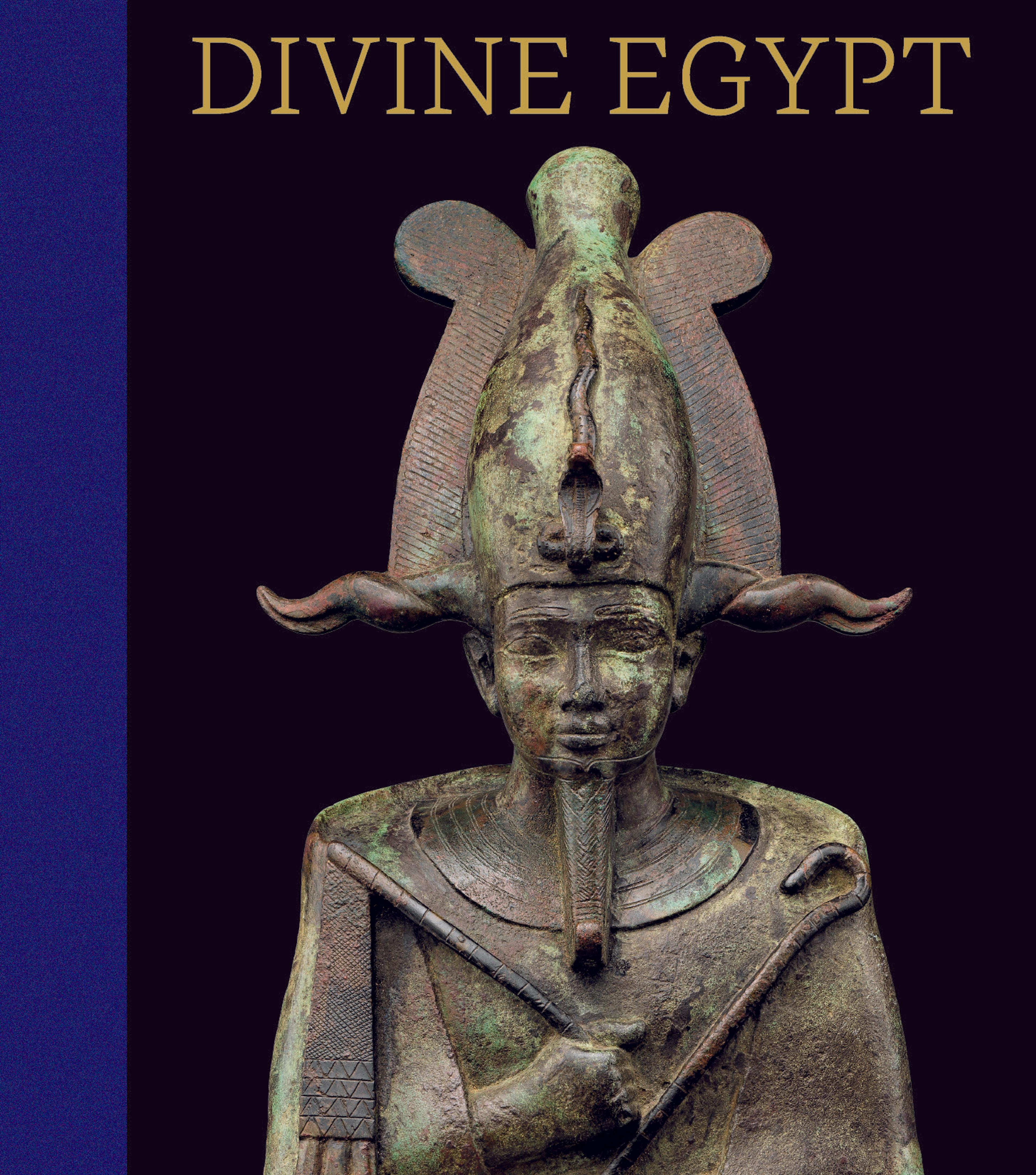Statuette of Isis with the infant Horus
For the ancient Egyptians the image of the goddess Isis suckling her son Horus was a powerful symbol of rebirth that was carried into the Ptolemaic period and later transferred to Rome, where the cult of the goddess was established. This piece of faience sculpture joins the tradition of pharaonic Egypt with the artistic style of the Ptolemaic period. On the goddess's head is the throne hieroglyph that represents her name. She also wears a vulture head-covering reserved for queens and goddesses. Following ancient conventions for indicating childhood, Horus is naked and wears a single lock of hair on the right side of his head.
Artwork Details
- Title: Statuette of Isis with the infant Horus
- Period: Ptolemaic Period
- Date: 332–30 BCE
- Geography: From Egypt
- Medium: Faience
- Dimensions: H. 17 × W. 5.1 × D. 7.7 cm (6 11/16 × 2 × 3 1/16 in.)
- Credit Line: Purchase, Joseph Pulitzer Bequest Fund, 1955
- Object Number: 55.121.5
- Curatorial Department: Egyptian Art
More Artwork
Research Resources
The Met provides unparalleled resources for research and welcomes an international community of students and scholars. The Met's Open Access API is where creators and researchers can connect to the The Met collection. Open Access data and public domain images are available for unrestricted commercial and noncommercial use without permission or fee.
To request images under copyright and other restrictions, please use this Image Request form.
Feedback
We continue to research and examine historical and cultural context for objects in The Met collection. If you have comments or questions about this object record, please contact us using the form below. The Museum looks forward to receiving your comments.
